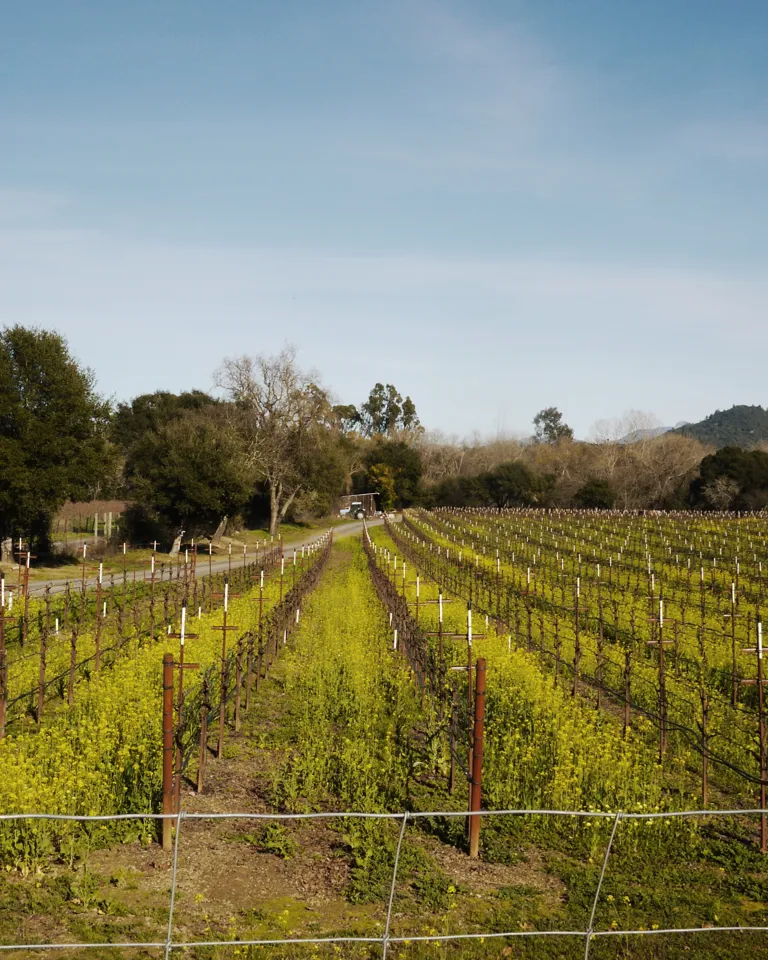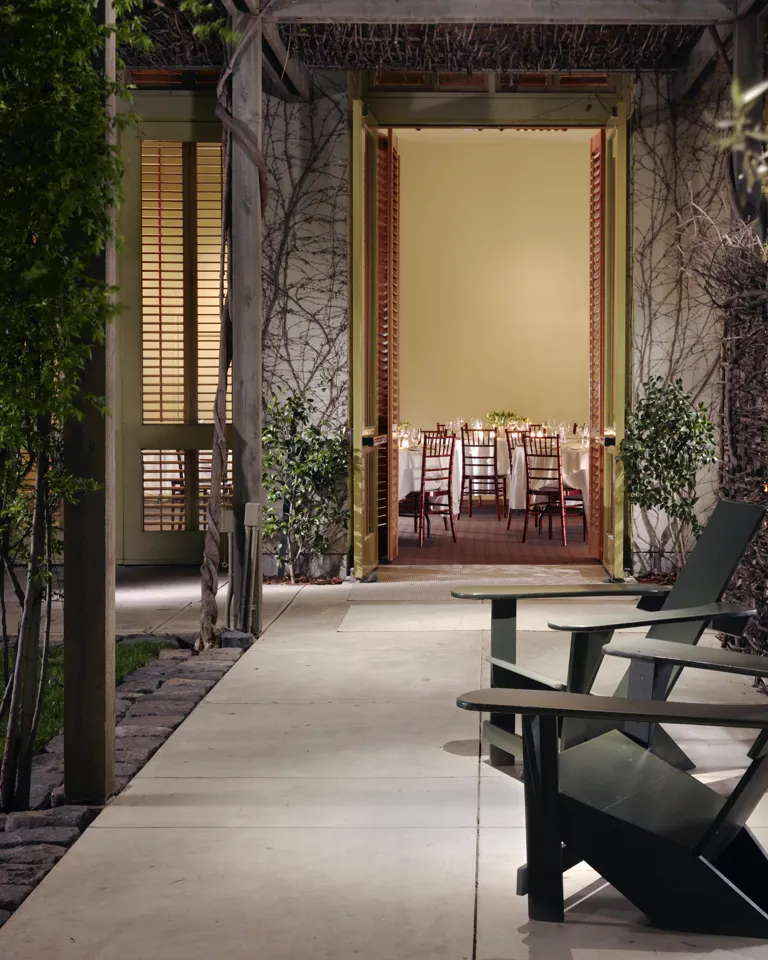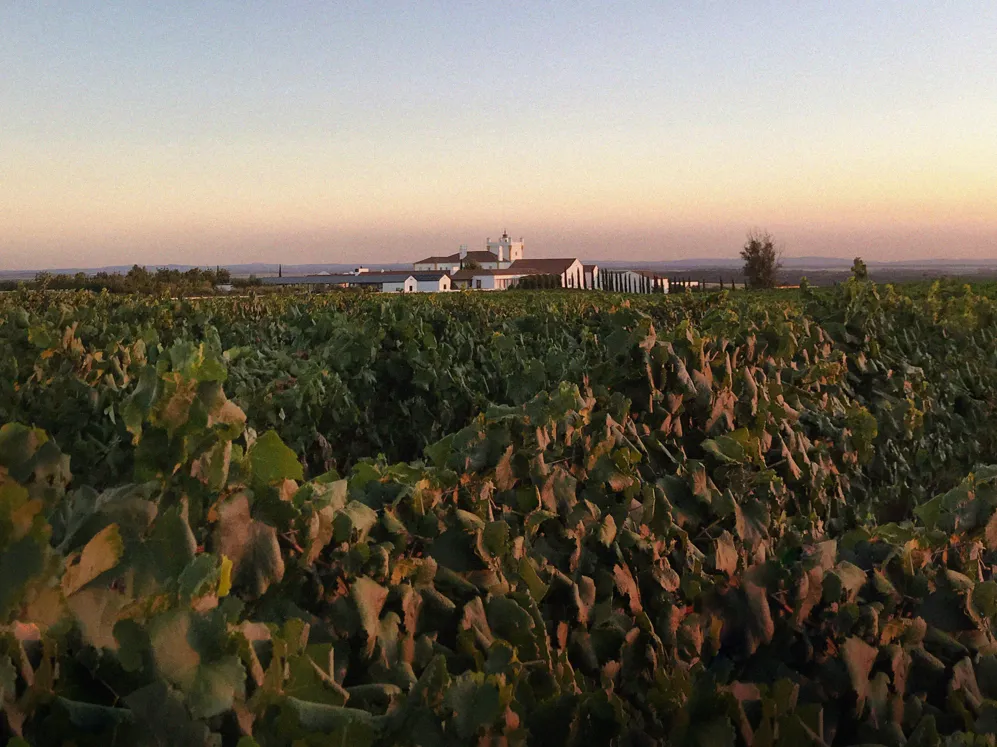
Words Farah ShafiqDate 14 February 2021
Just as we’ve seen the rise in farm-to-table over the last two decades, so too has biodynamic wine entered the zeitgeist. At first, admittedly, we were mainly selecting bottles based on the label artwork. However, it’s impossible not to be drawn in by the craft and history of viniculture and those in the industry who are taking a back-to-nature approach to produce some incredible wines.
Don’t be put off by the seemingly voodoo leanings of some of the traditional techniques in biodynamic production, they’re strangely effective. In the vineyard, for example, winemakers bury a horn full of cow dung over the winter months, during which time it gains richly concentrated microbial properties. This is then used to fertilize the soil—at intervals defined by the moon—which kickstarts the land’s natural instincts. It’s really a case of trusting the process. (Watch Netflix’s Kiss The Ground for more on this.)
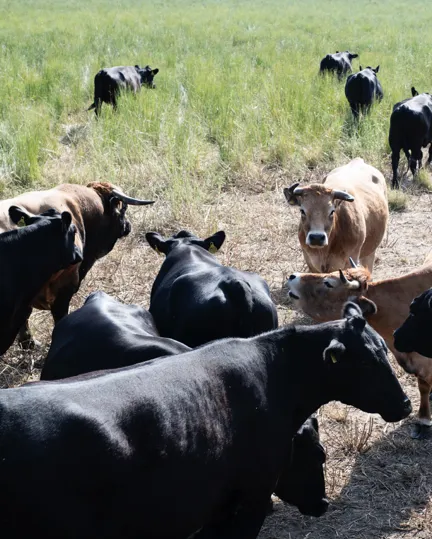

Moon cycles aside, the heritage methods continue inside biodynamic wineries, too. Once the grapes are picked, they can be left on skins for varying amounts of time before being pressed, allowing the more experimental makers to have fun with the flavor and color of their end product.
We’re also seeing a return to concrete over stainless steel tanks, for its ability to maintain stable temperatures, best for gradual fermentation. Some makers (Tillingham in the UK, for example) are rewinding the clocks even further, to produce wine in earthen qvevris—a Georgian vessel that dates back some 8,000 years. This traditional method’s biggest claim to fame came in 2013, when it joined UNESCO’s list of the Intangible Cultural Heritage of Humanity.
With that in mind, we’d like to take you on a tour of four of our favorite thoroughly modern vineyards inspired by heritage techniques—from the UK to California, via Portugal and Austria.

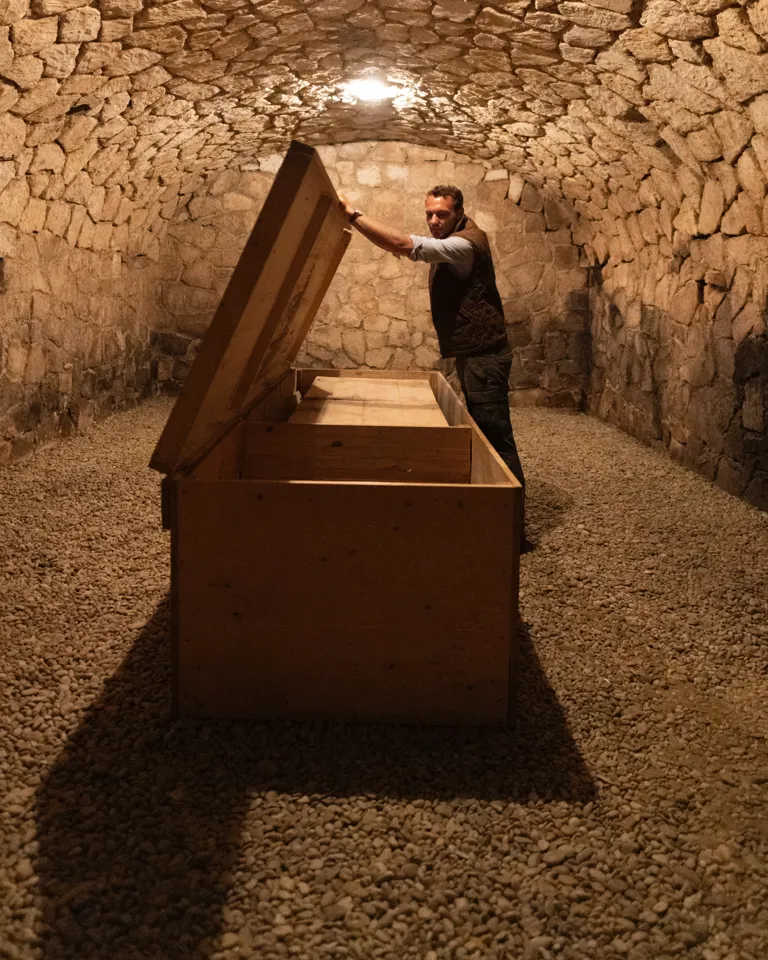
East Sussex, United Kingdom
Surrounded by rolling hills and woodland, Tillingham dates back to the 13th century and is located just outside Rye in south-east England. They sum up their philosophy as “progressive”, combining the cleverest tech in modern winemaking with ancient traditions and practice to award-winning effect.
Tillingham is a working farm, taking a slow approach to cultivating their vines, while aiming to restore the soil for greater ecological diversity. This type of regenerative farming is growing in popularity thanks to its key pillars: repairing and rebuilding the land and wider environment; plus acknowledging and respecting the symbiotic connections between nature and animals. It’s a fine balance that can lead to beautiful results.

Tilligham’s owner, Ben Walgate has quietly built up the biodynamic vineyard and helped to pioneer the use of low-intervention techniques in English winemaking. Walgate shares details of their latest harvest from 10,000 vines planted in 2018 (they’ve since planted an additional 26,000 over 20 acres): “The three years of hard work and nerve-racking experimental, biodynamic practices have paid off. We have the making of three very special wines... expected spring 2021 onwards.” We look forward to the '20 vintage.
Tillingham currently exports globally, so hopefully you can get yourself a glass wherever you are in the world. Or, take a trip – you can eat and stay at Tillingham – to see what goes into the makings of the wine for yourself.
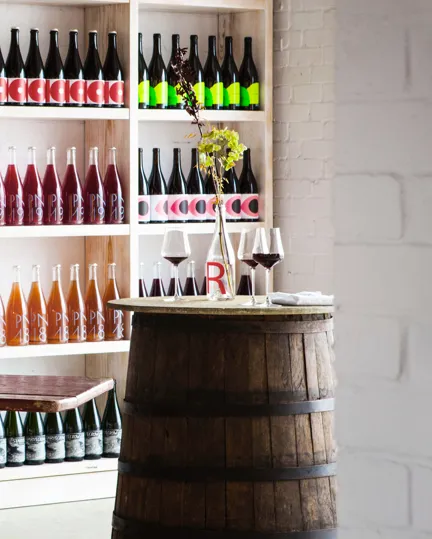

Burgenland, Austria
Austria has a thriving biodynamic wine-producing community, which makes sense given that Rudolf Steiner, the man held largely responsible for the founding of biodynamic principles, is Austrian. Our favorite region? Burgenland, with it’s noticeably warmer climate, gravelly limestone soil, and innovative vintners determined to both preserve and breathe new life into wonderful old traditions.
Meinklang has been doing exactly that since 2001. They describe their vineyard as a “biotope”, where vines grow surrounded by natural ponds, cover crops, herbs, fruit trees, and an array of wildlife—it’s a real “garden of eden” ethos. This makes for soil that’s alive and kicking, robust and healthy vines, and ultimately wines that are full of character.
Their Grauburgunder (Pinot Gris) variety is a brilliant example. The vines are left to climb freely, without any pruning—a less common occurrence in commercial vineyards. This yields an abundance of smaller-than-average grapes, which provide a higher skin-to-pulp ratio, increasing the aroma and complexity of the end result. Delicious.
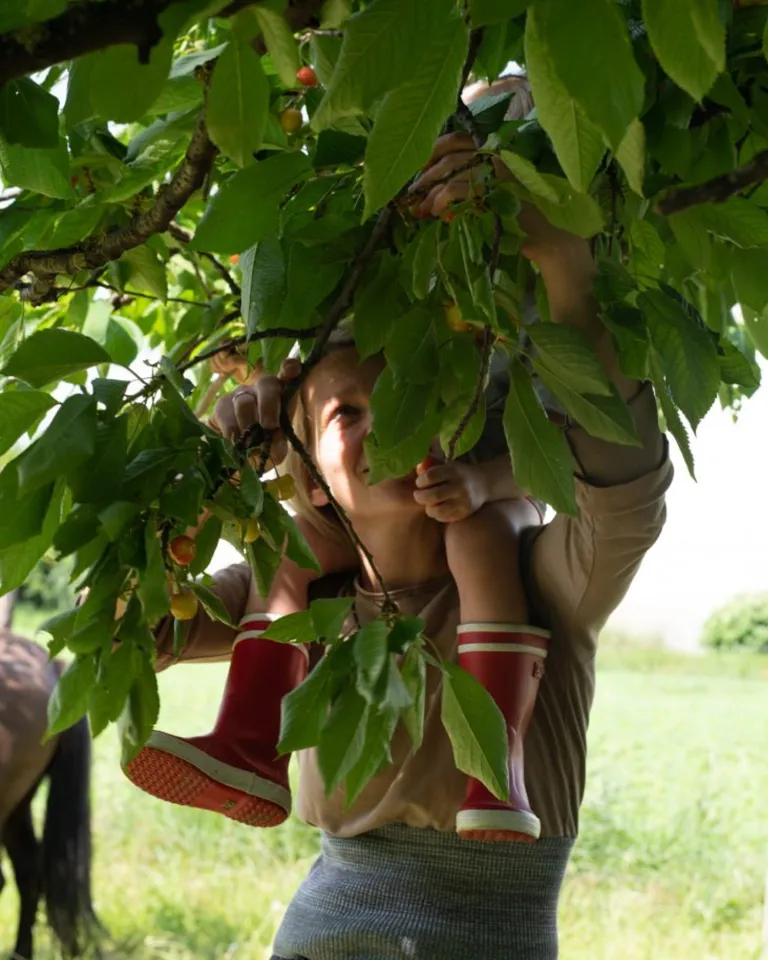


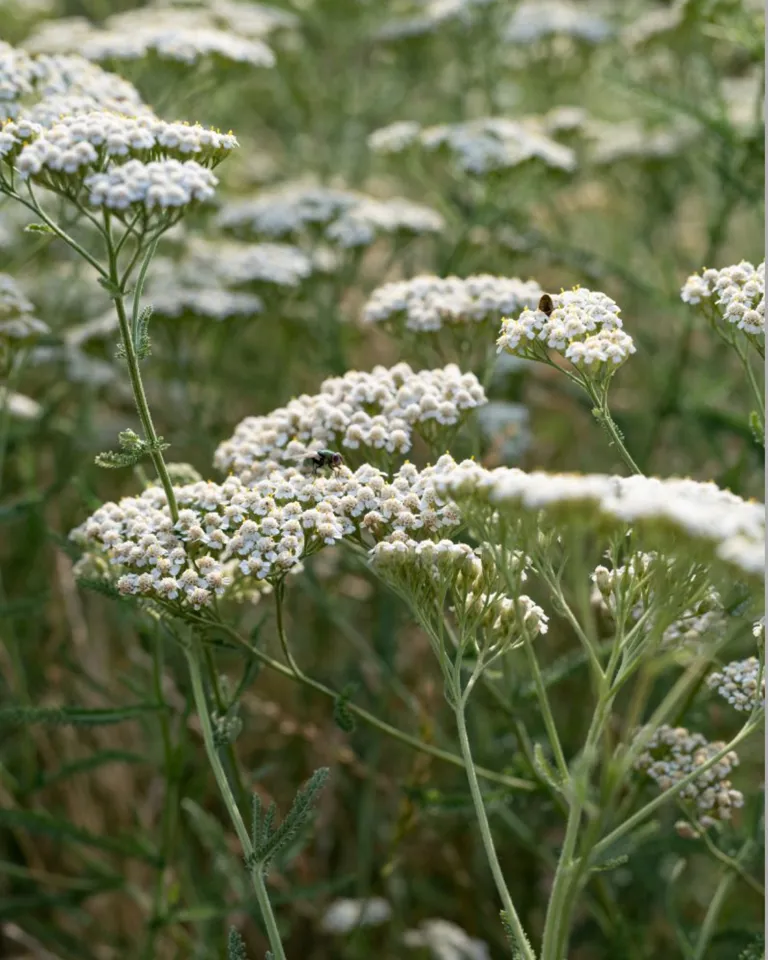
Monforte, Portugal
In Portugal’s eastern Alentejo region lies Torre de Palma, a winery that dates all the way back to 1338. Honoring the Roman love of wine that’s entrenched in the surrounding hills, owners Paulo Barradas Rebelo and Ana Isabel Rebelo are passionate about striking the balance between old and new. “We have a traditional winery here,” says Ana, “and we want guests to experience things authentically. We do wine artisanally, which means guests can partake in every step of the winemaking process if they want. They can select and harvest the grapes, even stomp them with their feet!”
What makes this the oldest and most famous wine region in Portugal? Well, the climate of the Serra de São Mamede helps—it’s warm and humid, similar to that of southern California. Torre de Palma makes the most of this, while prioritizing the diversity of the soil and natural methods of production for beautifully harmonious biodynamic wines.
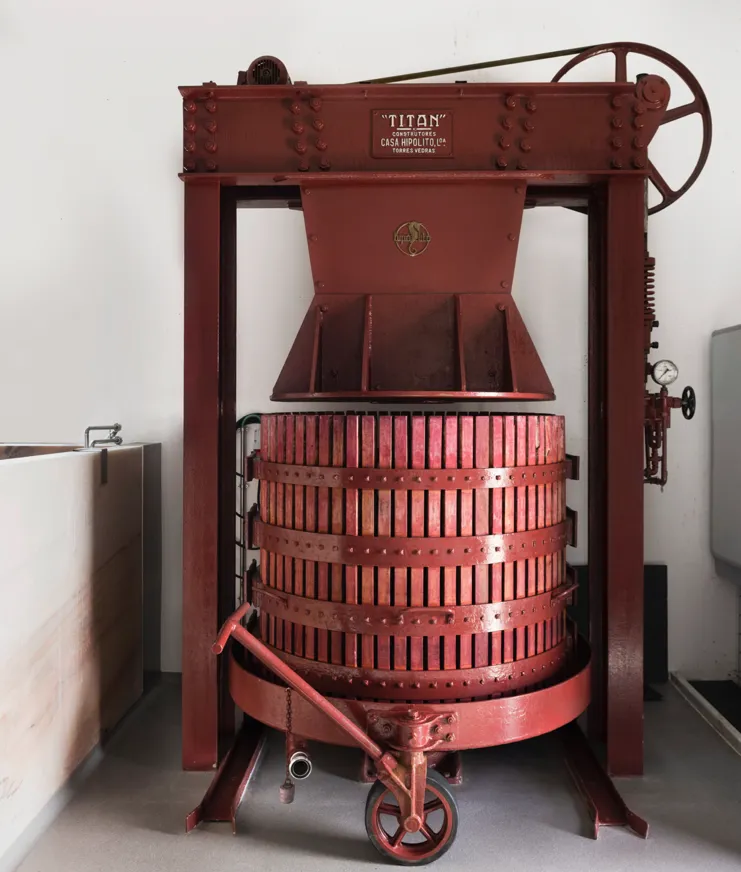
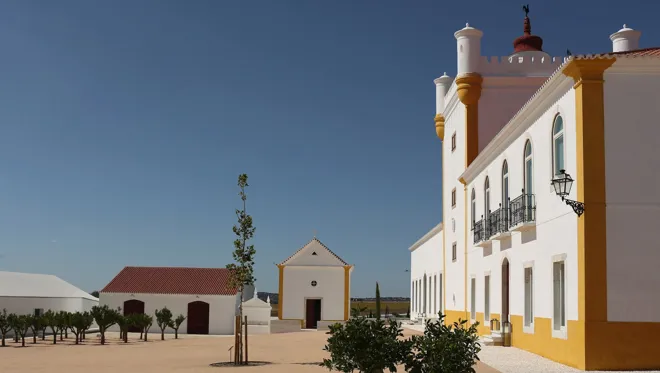
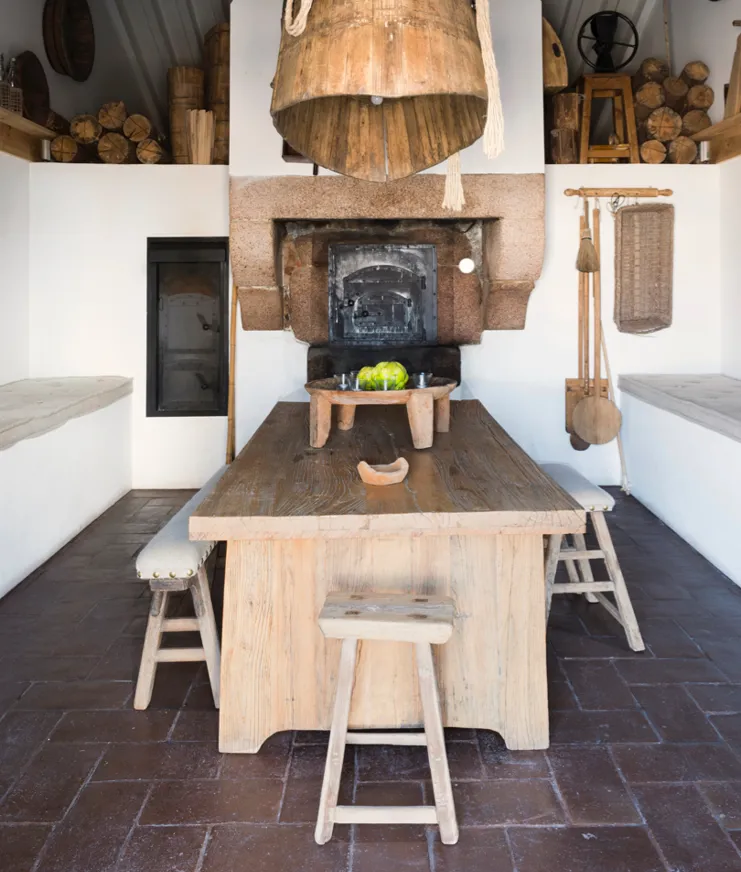
Healdsburg, California
Warnecke lies in the heart of California’s Sonoma wine county, where four award-winning American Viticultural Areas intersect: Alexander Valley, Chalk Hill, Russian River Valley, and Sonoma Coast. The vineyards were first established in 1970 (although the wider farm has been in the family for 100 years) and now boast over 45,000 vines.
Multiple wineries (Herzog, Coppola, Flowers, Decoy, Draxton, Sutro Wine Co.) produce sustainably here, planting vines on clay and volcanic soils that make for good drainage and flavorful grapes. The climate is pretty unique, too; Alexander Valley brings warmth, while the other areas are slightly cooler, allowing for longer ripening periods and optimal growing conditions. The 265-acre ranch is surrounded by oak and bay forests, with an abundance of wildlife and incredible geological features—low intervention methods mean you can almost taste this wine-scape in every bottle. Stay at the nearby Harmon Guest House, the perfect boutique vantage point from which to explore.
